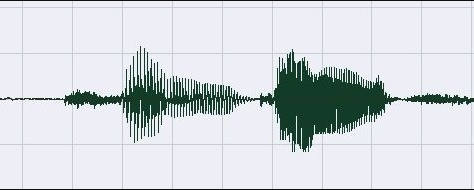Python基本类型的连接组合和互相转换方式(13种)
本篇总结了一下字符串,列表,字典,元组的连接组合使用和类型的互相转换小例子,尤其列表中的extend()方法和字典中的

update方法非常的常用。
1.连接两个字符串
a = "hello " b = "world" a += b print(a) # hello world
2.字典的连接
dict1 = {1: "a", 2: "b"}
dict2 = {3: "c", 4: "d"}
dict1.update(dict2)
print(dict1) # {1: 'a', 2: 'b', 3: 'c', 4: 'd'}
3.列表的连接
list1 = [1, 2, 3] list2 = [4, 5, 6] list1.extend(list2) # [1, 2, 3, 4, 5, 6] print(list1)
4.元组的连接
tuple1 = (1, 2) tuple2 = (3, 4) tuple1 += tuple2 print(tuple1) # (1, 2, 3, 4)
5.字典转换为字符串
dict1 = {1: "a", 2: "b"}
str1 = str(dict1)
print(str1) # {1: 'a', 2: 'b'}
print(type(str1)) # <class 'str'>
6.字典转换为列表
dict1 = {1: "a", 2: "b"}
list1 = list(dict1.keys())
list2 = list(dict1.values())
list3 = list(dict1)
print(list1) # [1, 2]
print(list2) # ['a', 'b']
print(list3) # [1,2]
7.字典转换为元组
dict1 = {1: "a", 2: "b"}
tuple1 = tuple(dict1.keys())
tuple2 = tuple(dict1.values())
tuple3 = tuple(dict1)
print(tuple1) # (1, 2)
print(tuple2) # ('a', 'b')
print(tuple3) # (1, 2)
8.列表转换为字符串
list1 = [1, 2, 3] str1 = str(list1) print(str1) # [1, 2, 3] print(type(str1)) # <class 'str'>
9.列表转换为字典
# 1.
list1 = [1, 2, 3]
list2 = ["a", "b", "c"]
dict1 = dict(zip(list1, list2))
print(dict1) # {1: 'a', 2: 'b', 3: 'c'}
# 2.
dict1 = {}
for i in list1:
dict1[i] = list2[list1.index(i)]
print(dict1) # {1: 'a', 2: 'b', 3: 'c'}
# 3.
list1 = [[1, 'a'], [2, 'b'], [3, 'c']]
dict1 = dict(list1)
print(dict1) # {1: 'a', 2: 'b', 3: 'c'}
10.列表转换为元组
list1 = [1, 2, 3] tuple1 = tuple(list1) print(tuple1) # (1, 2, 3)
11.元组转换为字符串
tuple1 = (1, 2, 3) str1 = tuple(tuple1) print(str1) # (1, 2, 3) print(type(str1)) # <class 'tuple'>
12.元组转换为字典
# 1.
tuple1 = (1, 2, 3)
tuple2 = (4, 5, 6)
dict1 = dict(zip(tuple1, tuple2))
print(dict1) # {1: 4, 2: 5, 3: 6}
# 2
dict1 = {}
for i in tuple1:
dict1[i] = tuple2[tuple1.index(i)]
print(dict1) # {1: 4, 2: 5, 3: 6}
# 3
tuple1 = (1, 2)
tuple2 = (4, 5)
tuple3 = (tuple1, tuple2)
dict1 = dict(tuple3)
print(dict1) # {1: 2, 4: 5}
13.元组转换为列表
tuple1 = (1, 2) list1 = list(tuple1) print(list1) # [1, 2]
总结
以上所述是小编给大家介绍的Python基本类型的连接组合和互相转换方式,希望对大家有所帮助,如果大家有任何疑问请给我留言,小编会及时回复大家的。在此也非常感谢大家对【听图阁-专注于Python设计】网站的支持!
如果你觉得本文对你有帮助,欢迎转载,烦请注明出处,谢谢!
